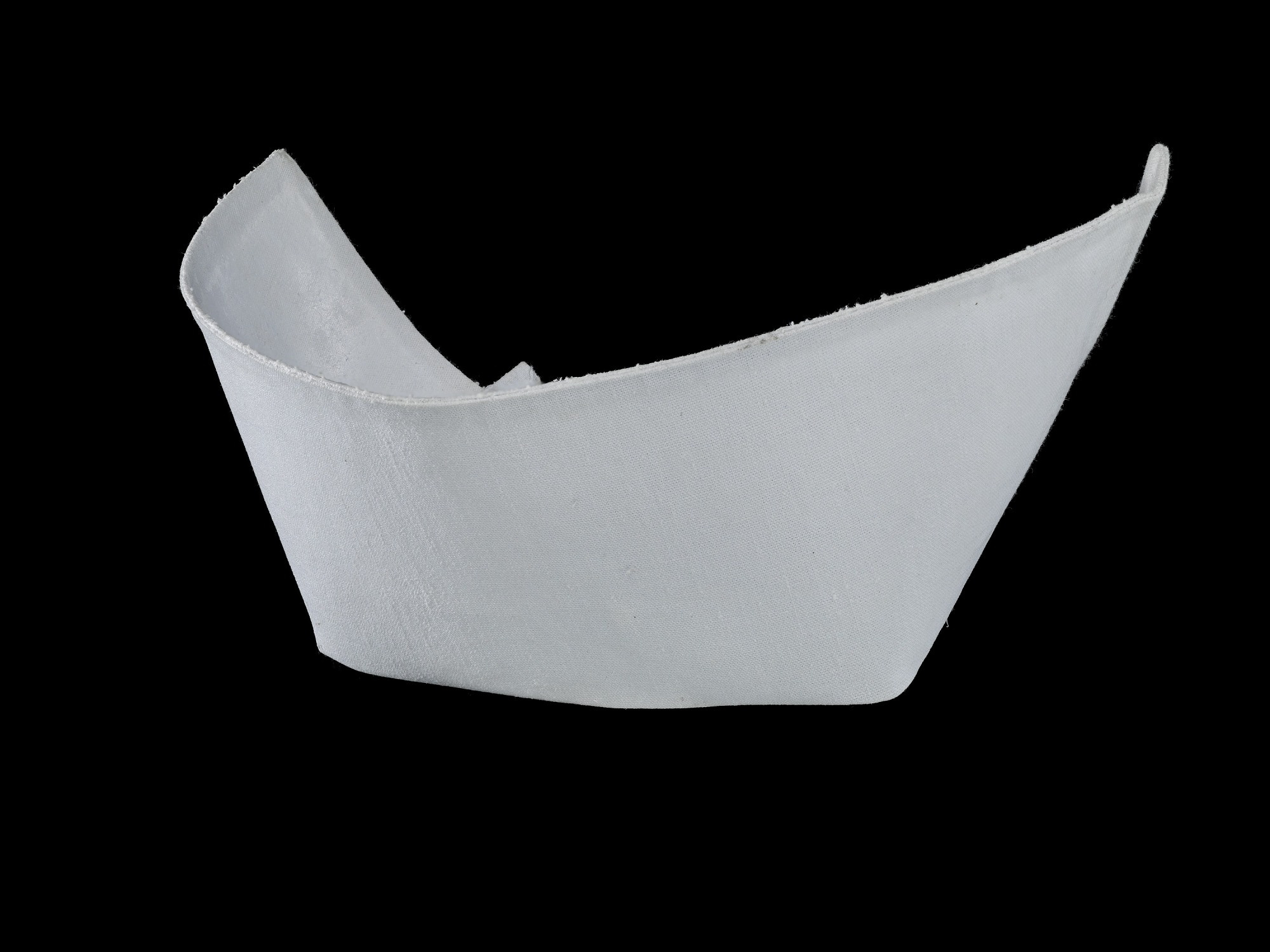Background
The Philippines became an American colony after the Spanish-American War in 1898. The American government established nursing programs in the Philippines as part of an effort to “civilize” the population and prepare immigrant nurses to work in the United States. Following Philippine independence in 1946, the American government allowed Filipina nurses, who were almost all women, to work in the United States through a visitor program. The Immigration Act of 1965 made it easier to immigrate. That same year, the creation of Medicare and Medicaid provided millions more Americans with healthcare access. Facing a shortage of nurses, hospitals advertised work opportunities in the United States to nurses in the Philippines. When the Philippines became a U.S. colony in 1898, the government established American-style nursing colleges, which continued to train new nurses in an American curriculum after independence. Filipina nurses were therefore uniquely qualified to work in the United States.
During the HIV/AIDS crisis in the 1980s, many American-born nurses refused to treat patients with the disease due to discrimination against the gay community, who disproportionately suffered from HIV/AIDS. More nurses immigrated from the Philippines to fill the need. By 1990, there were 1.4 million Filipinos in the United States, a number that had doubled since 1980. In 1989, Congress passed the Nursing Relief Act, which granted special immigration status to nurses. It allowed immigrant nurses to bring their children and families to the U.S. as well. The government of the Philippines strongly supported the law, because the nurses would send money back to the Philippines, which helped the economy.
As of 2021, one in 20 nurses in the United States are of Filipino descent, the vast majority of whom are women.
About the Document
The nurse’s cap was given to Maria Jayme during her capping ceremony from nursing school at San Pedro College of Nursing in Davao, Philippines, in 1991. She immigrated to the United States in 1994 and took a nursing position in Florida. Nurse’s caps were originally part of a female nurse’s uniform, but have become more of a symbol since the 1970s.
Vocabulary
- capping ceremony: An event during which nursing students officially receive their nurse’s cap before starting their training in a hospital setting.
Discussion Questions
- Why has the United States needed immigrants to work as nurses? Why did many women from the Philippines specifically work as nurses in the United States?
- Why were the majority of nurses women? How did that affect immigration to the United States from the Philippines?
- What is the significance of this nurse’s cap? Why would this object be in a museum?
- Why is it important to study objects that belonged to immigrants like Maria Jayme? What does this object tell you about immigration to the United States?
Suggested Activities
- APUSH Connection: 9.5: Migration and Immigration in the 1990s and 2000s
- Include this resource in a lesson about immigration. Ask students to bring in objects that tell the (immigration) story of their own families and discuss the importance of such objects in studying history.
- Pair this resource with a speech by a Filipina activist to consider the long term effects of American imperialism in the Philippines.
- For a larger lesson on the effects of government policies on women during this period, teach this resource alongside U.S. v. Virginia, Government Aid for Families, and Title IX.
Themes
AMERICAN IDENTITY AND CITIZENSHIP; IMMIGRATION, MIGRATION, AND SETTLEMENT; WORK, LABOR, AND ECONOMY







